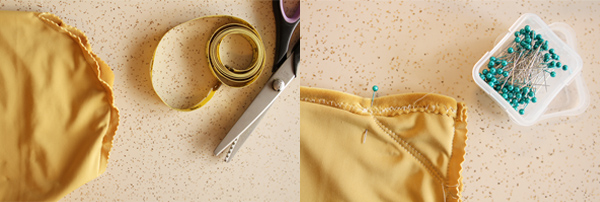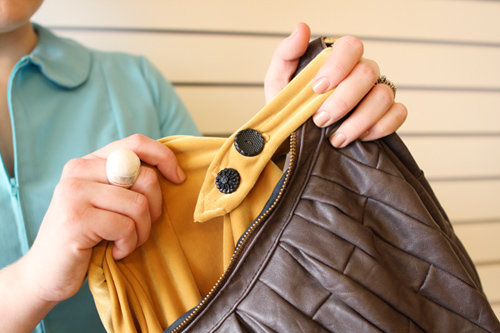In teaming up with Canon USA, we knew we wanted to talk about scrapbooking. A polarizing subject, to be sure, but one that's pretty close to my heart. I started my first scrapbooks nearly ten years ago and through the years I've heard many (MANY) recite a mile long list of "why-scrapbooking-is-not-for-me". Reasons like "I don't have time", "I would never be able to catch up", "It's too expensive", "It's a grandma craft" and (my personal favorite) "I'm not artistic". Excuses, excuses...
I used to laugh at all these excuses. Then one day, I became the excuse maker. I became the lady who didn't print any photos for two years. Then one day I had that "Wait, what?" moment. I realized even though I take photos every single day, I had very little to show for it in our home. Everything was stored digitally, which is better than nothing—sure. But suddenly, I wanted to print out ALL my photos and make a dozen scrapbooks. I was so determined, so hyped up and so clueless as to where to begin.
So I just started. I bought some supplies, not a ton, but some stuff that seemed fun. I started organizing and printing photos, and I was shocked by how many really special, wonderful photos were hidden on those hard drives. It was such a good moment to just start doing something I had been putting off for so long.
For 4x6 photos we love using our Canon SELPHY CP900 printer with Photo Paper Glossy. It's tiny, convenient and great quality! Printing photos in bulk is smart too, but when I'm scrapbooking I find that I need to be able to print at home, because I always forget at least one really important photo.
Perfection is a major road block for me. When I was younger I scrapbooked every single thing. My scrapbooks were a diary of my daily life in photos. When I didn't have time to keep up with that pace anymore I quit altogether. These days I have made peace with photo albums. I started Project Life because it's more of a hybrid of scrapbooking and photo albums. This works for me, because it's simple and quick but still leaves room for creativity and journaling.
I think that finding a method that works for you is the most important key to scrapbooking. Emma keeps photo albums, because that's what she's comforable with. I know people who make beautiful digital photo books after every vacation. Amazing? Yeah. Realistic for me? Nope. Find something that works for you.
Moral of the story? If you want to do something, don't wait! Just start today. No more excuses.
Here's a little peek at my most recent scrapbook pages. I love scrapbooks that are 90% photos, so that's what I tend to do. Where is your comfort zone with scrapbooking? I'd love to hear your thoughts.
See Reference


































































